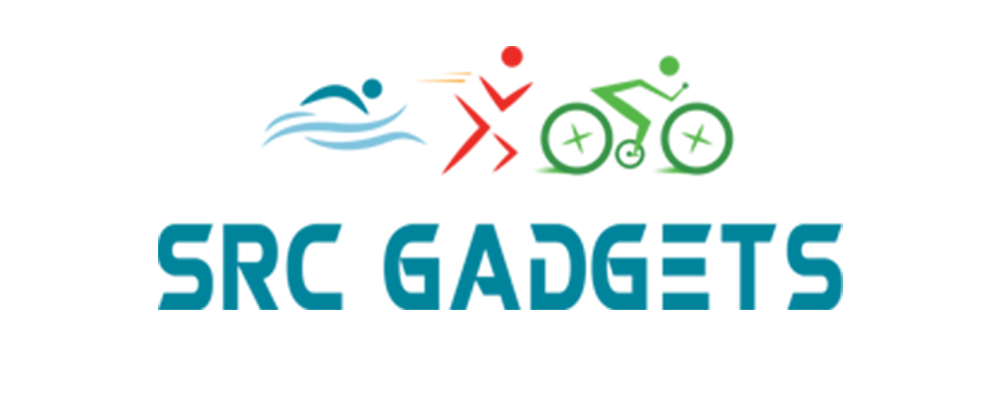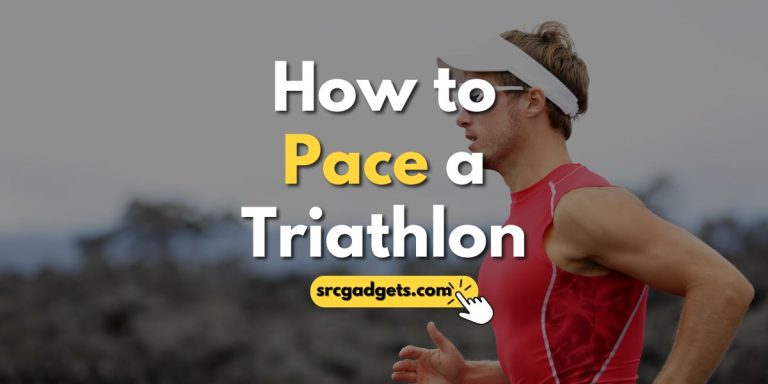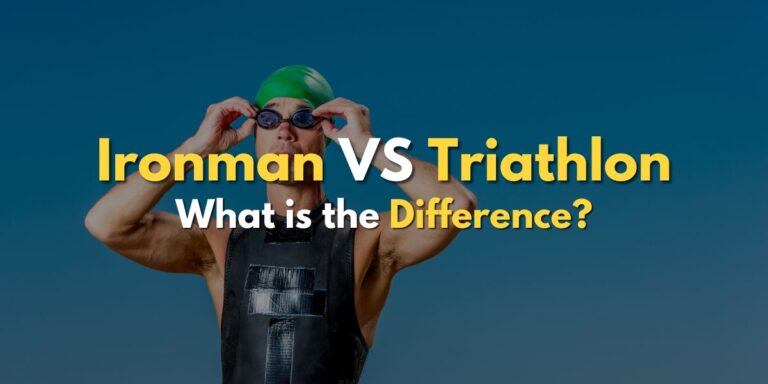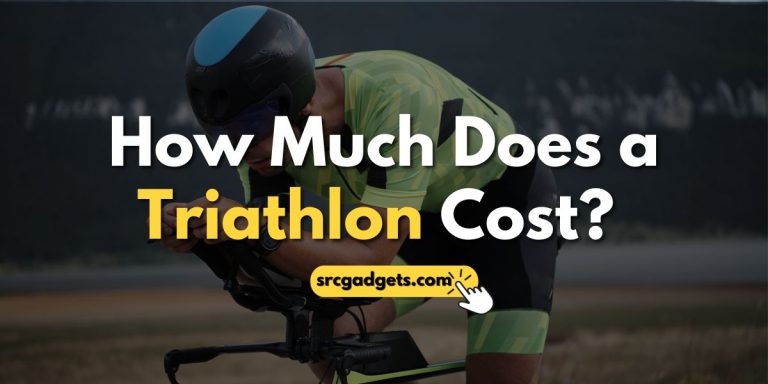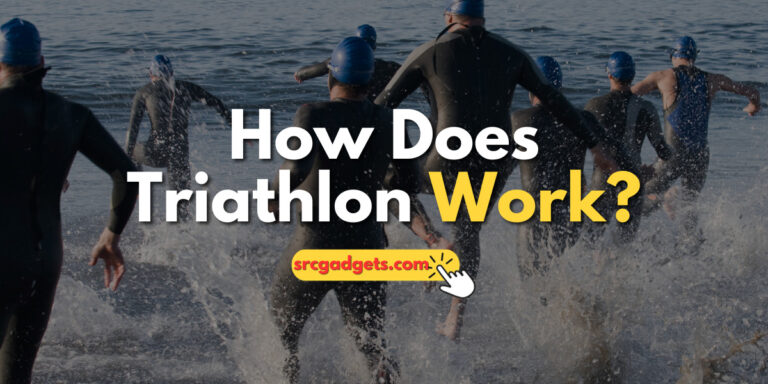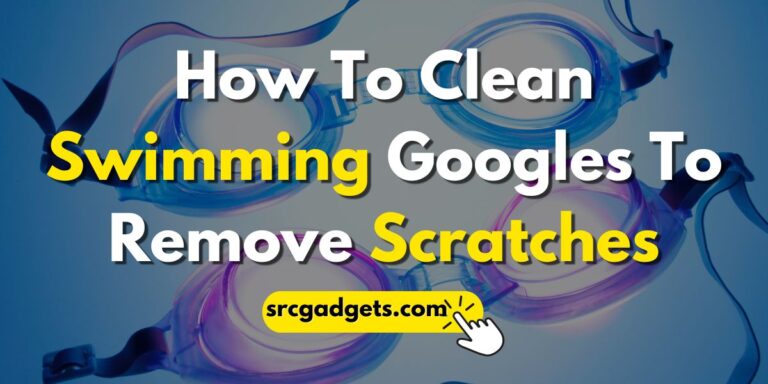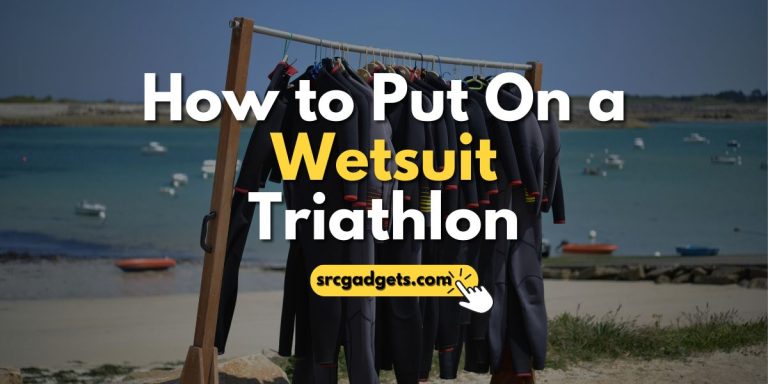What Size Triathlon Bike Do I Need?
If you are a triathlete, you know how important it is to have the right size triathlon bike for your body proportions. A perfect fit can make a huge difference in your speed, energy consumption, and safety. In this comprehensive guide, we will help you understand how to select the right size triathlon bike for maximum efficiency.
Importance of the Right Size in Triathlon Biking
Triathlon biking is different from regular biking in many ways. One of the most obvious differences is the aerodynamic position that triathletes adopt on their bikes. This position reduces wind resistance and allows them to save energy for the run. However, this position also puts more stress on the lower back, neck, and shoulders. Therefore, it is essential to have a bike that fits your body well and allows you to maintain a comfortable and efficient posture.
A bike that is too big or too small for you can cause several problems, such as:
To avoid these issues, you need to find the right size triathlon bike that matches your height, weight, inseam, and arm length.
Understanding Bike Measurements
Before you start looking for the right-size triathlon bike, you need to understand some basic bike measurements and how they affect your fit. Here are some of the most important measurements to consider:
1. Seat tube angle:
This is the angle between the seat tube and the horizontal line. A steeper seat tube angle (around 76 to 78 degrees) brings the saddle closer to the handlebars and allows you to achieve a more aerodynamic position. A shallower seat tube angle (around 72 to 74 degrees) moves the saddle further away from the handlebars and gives you a more relaxed position.
2. Top tube length:
This is the horizontal distance between the center of the head tube and the center of the seat tube. A longer top tube length stretches your upper body and makes you lean forward more. A shorter top tube length shortens your reach and makes you sit more upright.
3. Standover height:
This measures the vertical distance from the top of the top tube to the ground. When standing over the bike with both feet flat on the ground, there should be space between your crotch and the top tube. A lower standover height simplifies mounting and dismounting, while a higher one offers more adjustment room.
4. Bike frame size:
Frame size is usually expressed in centimeters or inches and represents the length of the seat tube. Bike frame size is often used as a rough indicator of the overall size of the bike, but it does not tell you much about how the bike will fit you. You should always check other measurements as well.
In addition to these measurements, you also need to consider the size and shape of your handlebars and aerobars. These components affect your hand position, shoulder width, and elbow angle. You should look for handlebars and aerobars that suit your preferences and comfort level.
Selecting the Right Triathlon Bike Frame
Triathlon bikes are built for speed with a design that helps them cut through air quickly. They have unique handlebars and wheels, and the front part is low. Choosing the correct bike size is important to keep you streamlined against the wind, which is very helpful for long races.
Use this chart to pick the correct bike size for your height. Just measure yourself and compare it to the bike sizes listed.
| Rider Height | Suggested Triathlon Frame Size | ||
| Feet & Inches | Centimetres | Frame Size (cm) | Frame Size |
| 4’10” – 5’0″ | 148cm – 152cm | 47cm – 48cm | XX-Small |
| 5’0″ – 5’3″ | 152cm – 160cm | 49cm – 50cm | X-Small |
| 5’3″ – 5’6″ | 160cm – 168cm | 51cm – 53cm | Small |
| 5’6″ – 5’9″ | 168cm – 175cm | 54cm – 55cm | Medium |
| 5’9″ – 6’0″ | 175cm – 183cm | 56cm – 58cm | Large |
| 6’0″ – 6’3″ | 183cm – 191cm | 58cm – 60cm | X-Large |
| 6’3″ – 6’6″ | 191cm – 198cm | 61cm – 63cm | XX-Large |
Tips to Achieve the Perfect Fit
Once you have an idea of what size triathlon bike you need, you can fine-tune your fit by making some adjustments. Here are some tips to help you achieve the perfect fit:
1. Adjust your saddle height:
Your saddle height determines how much your legs extend when you pedal. A proper saddle height allows you to have a slight bend in your knee at the bottom of your pedal stroke. To find your ideal saddle height, sit on your bike with one foot on a pedal and one foot on the ground. Rotate the pedal to the lowest position and measure the distance between your heel and the pedal. This distance should be equal to or slightly less than your inseam.
2. Adjust your aero bars:
Aero bars determine how far you reach forward when you adopt an aerodynamic position. A proper aero bar length allows you to have a comfortable bend in your elbow and a relaxed grip on your bars. To find your ideal aero bar length, sit on your bike with your hands on your bars and look down at your front wheel. Your front wheel should be partially obscured by your bars. If you see too much or too little of your wheel, you need to adjust your aero bar length accordingly.
3. Adjust your top tube:
Your top tube determines how much space you have between your chest and your knees when you pedal. A proper top tube length allows you to have enough clearance without compromising your aerodynamics. To find your ideal top tube length, sit on your bike with your hands on your bars and look at your knees. Your knees should be slightly behind or aligned with your elbows. If your knees are too far forward or backward, you need to adjust your top tube length accordingly.
4. Get a professional bike fit:
If you are still unsure about your fit or want to optimize your performance, you can get a professional bike fit from a qualified bike fitter. A professional bike fit involves taking precise measurements of your body and your bike, using specialized tools and software, and making adjustments based on your goals and preferences. A professional bike fit can help you improve your comfort, efficiency, and speed.
Popular Triathlon Bike Size Categories
There is no universal standard for triathlon bike sizes, but most manufacturers use some common size categories based on seat tube length. These categories are:
1. Extra small (XS)
This category usually ranges from 46 to 49 cm and is suitable for riders who are between 4’10” and 5’2″ tall.
2. Small (S)
This category usually ranges from 50 to 53 cm and is suitable for riders who are between 5’3″ and 5’6″ tall.
3. Medium (M)
This category usually ranges from 54 to 57 cm and is suitable for riders who are between 5’7″ and 5’10” tall.
4. Large (L)
This category usually ranges from 58 to 61 cm and is suitable for riders who are between 5’11” and 6’2″ tall.
5. Extra large (XL)
This category usually ranges from 62 to 65 cm and is suitable for riders who are between 6’3″ and 6’6″ tall.
These categories are only general guidelines and may vary depending on the manufacturer and the model. You should always check the specific measurements of the bike you are interested in and compare them with your measurements.
Conclusion
In summary, determining the ideal triathlon bike size for your body is crucial for maximizing your speed, endurance, and comfort during the cycling leg of a triathlon. The right frame size and component measurements allow you to maintain an aerodynamic and powerful position without straining your body.
When selecting your triathlon bike, ensure the measurements match your height, inseam length, arm length, and flexibility. The seat tube angle, top tube length, and standover height are key factors that impact your fit and positioning. Test ride multiple bike sizes and make micro-adjustments to the saddle height, handlebar position, and aero bar length and width to dial in the perfect fit. Consider getting a professional bike fitting for the best results.
The typical triathlon bike size categories based on seat tube length can give you a starting point, but your ideal size depends on your physical proportions. Don’t simply go by height alone. Take the time to understand your body’s needs and find a triathlon bike size that allows you to put in your best performance for the cycling leg. With the right fit, you’ll be able to tackle the next swimming and running stages with the power and efficiency needed to succeed.
